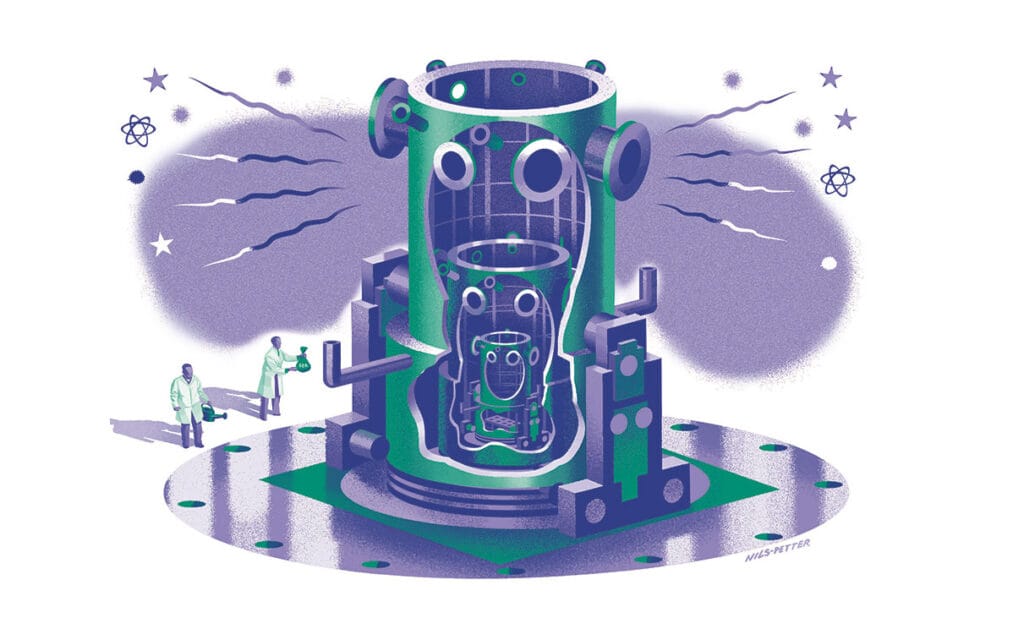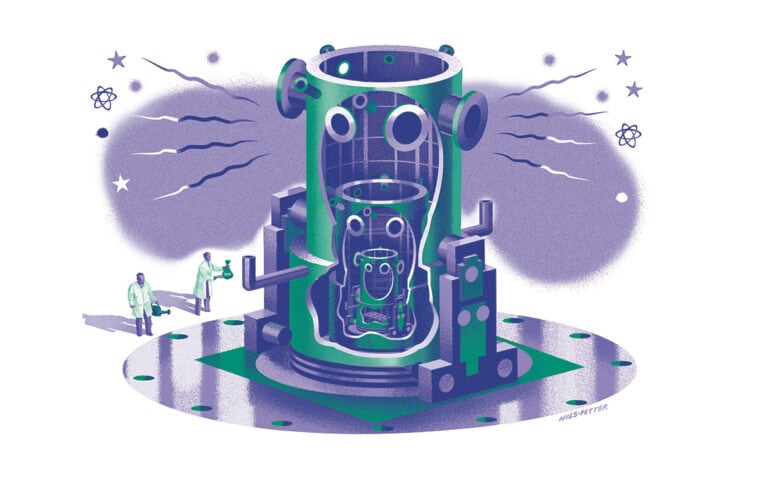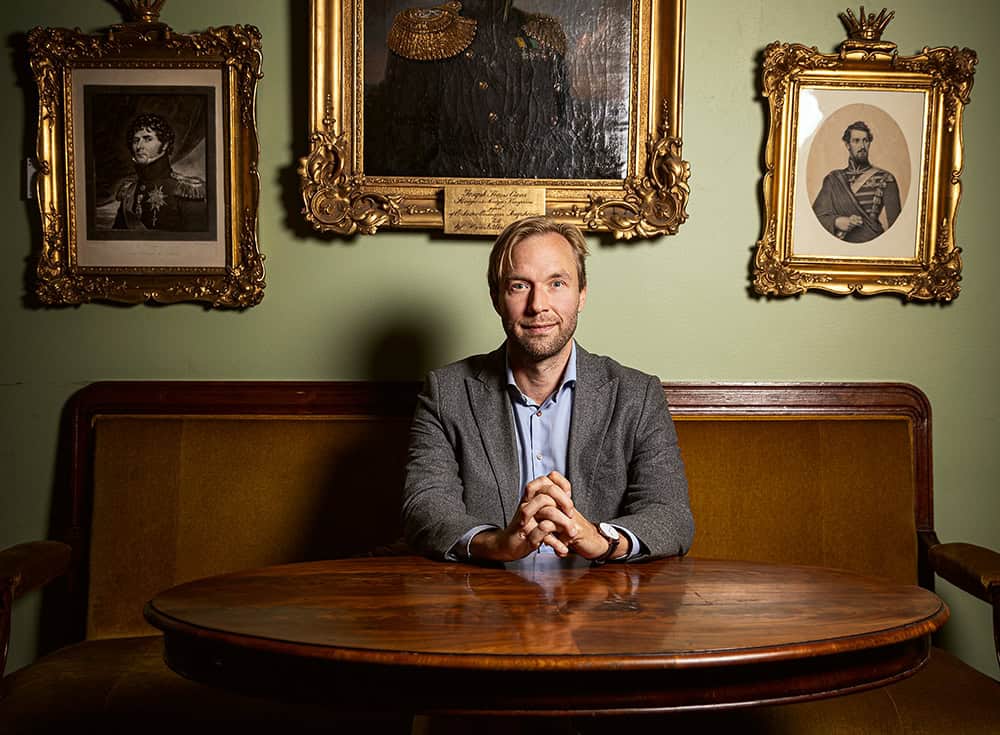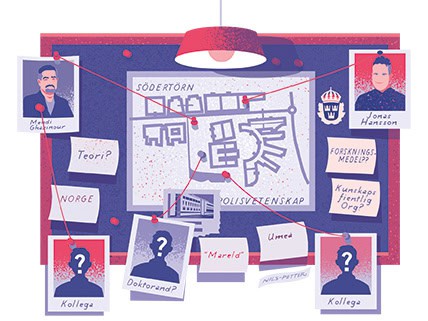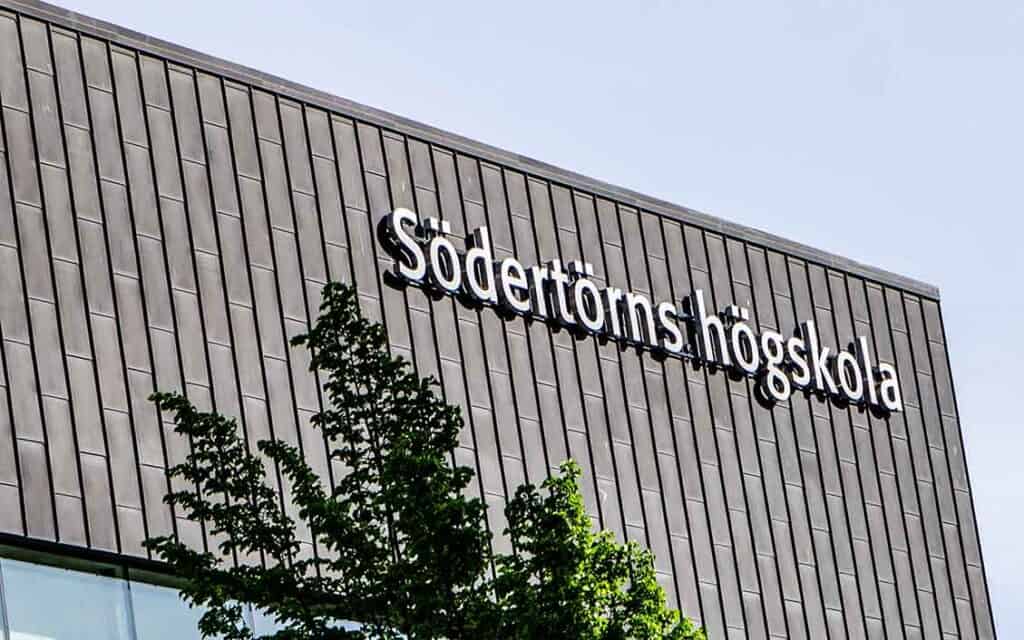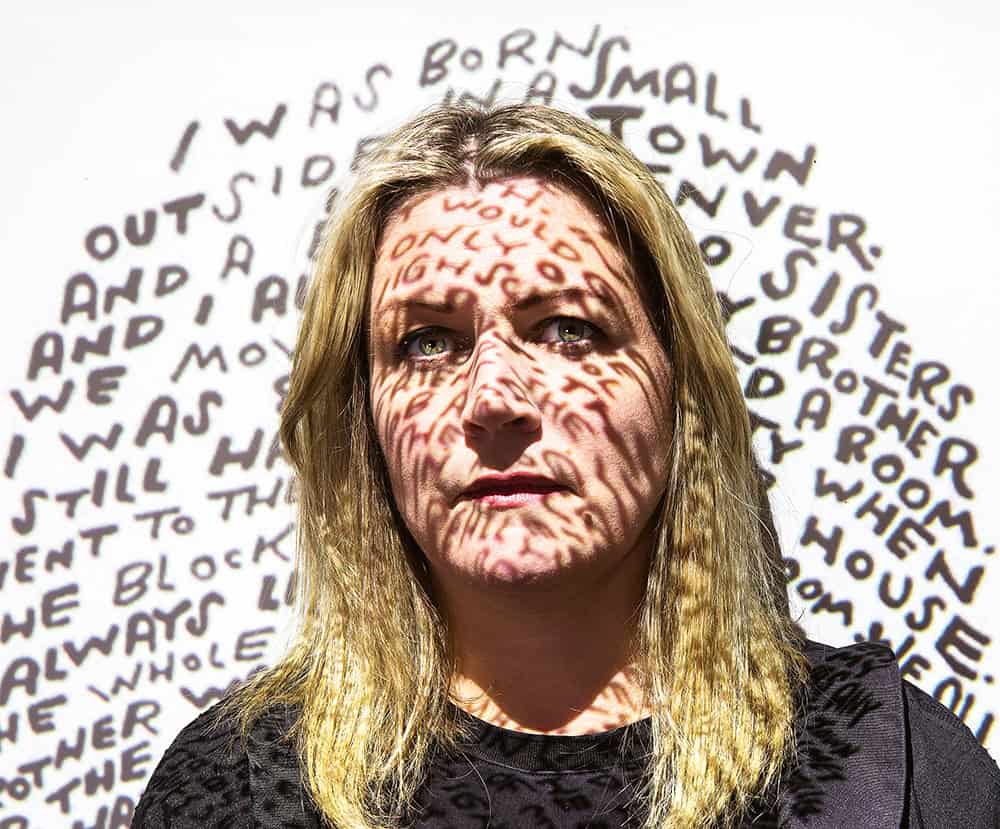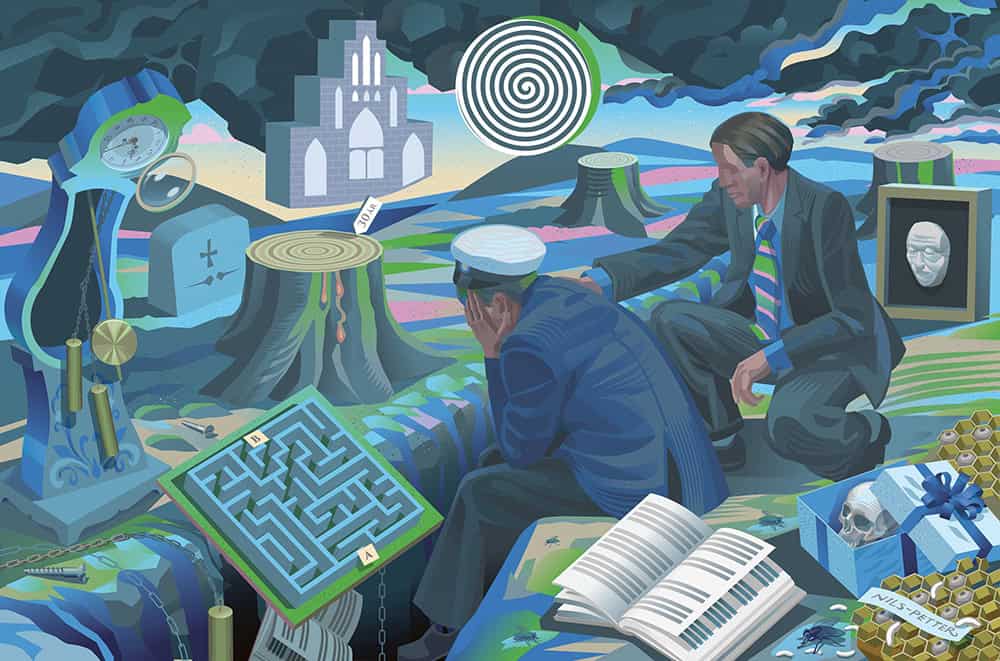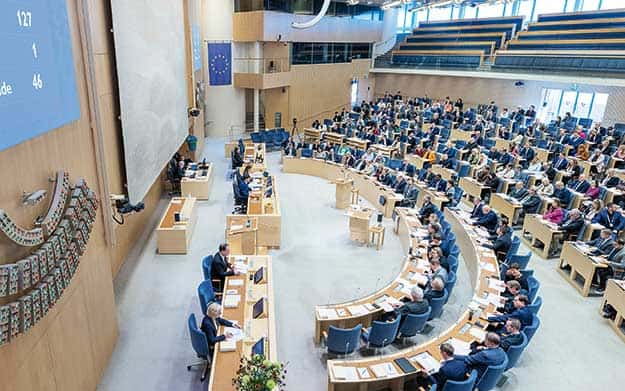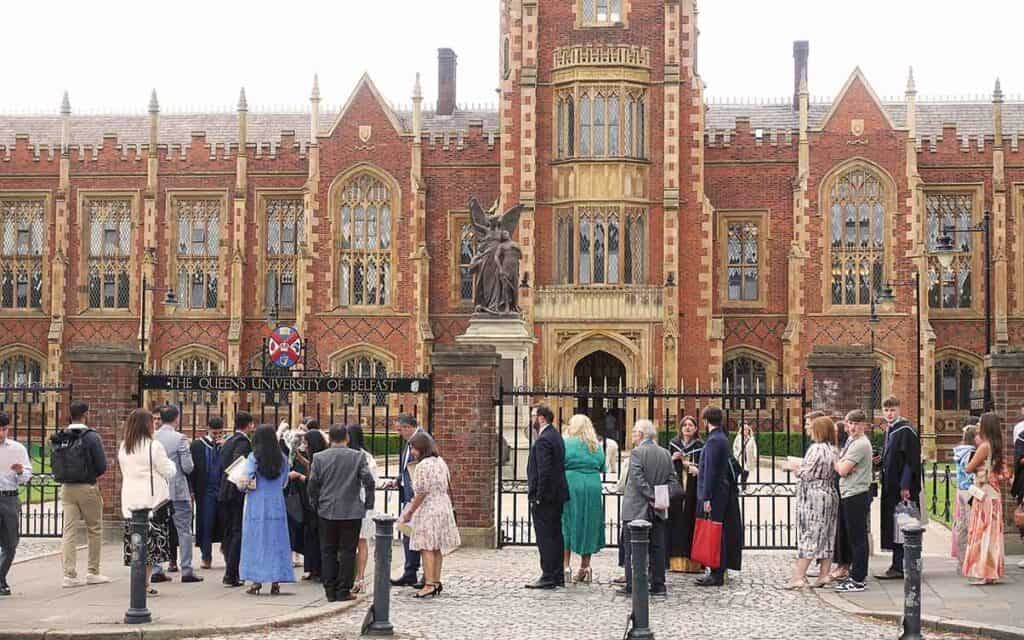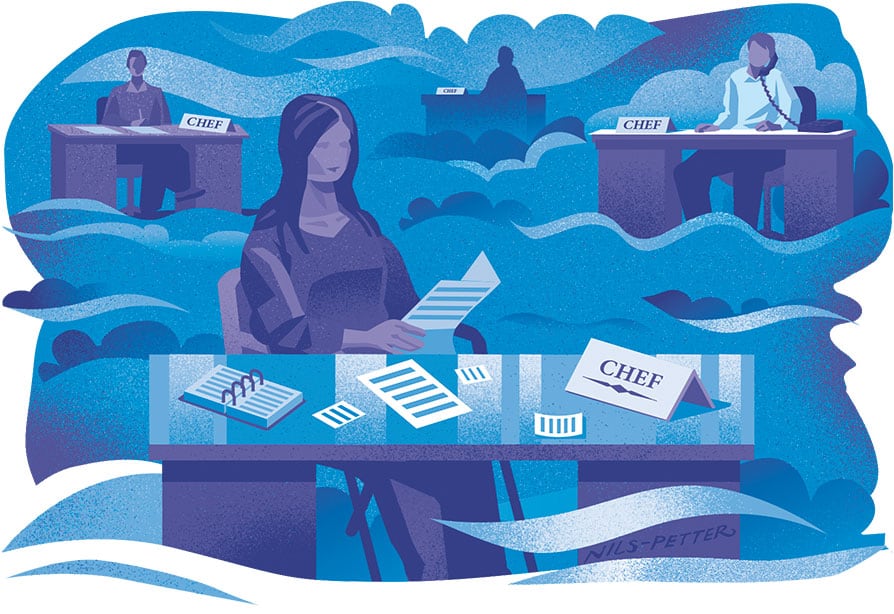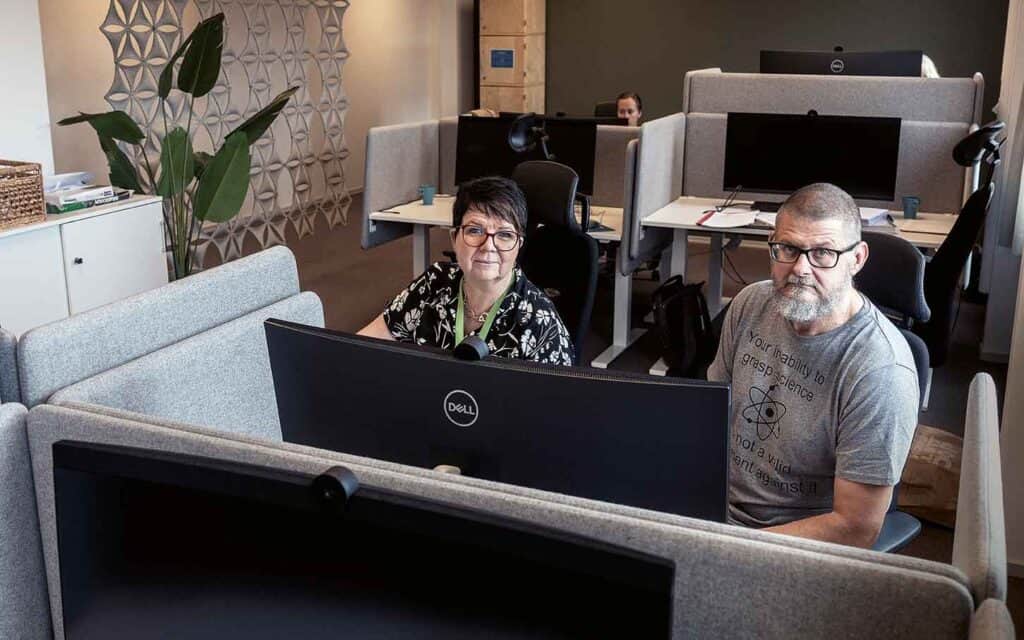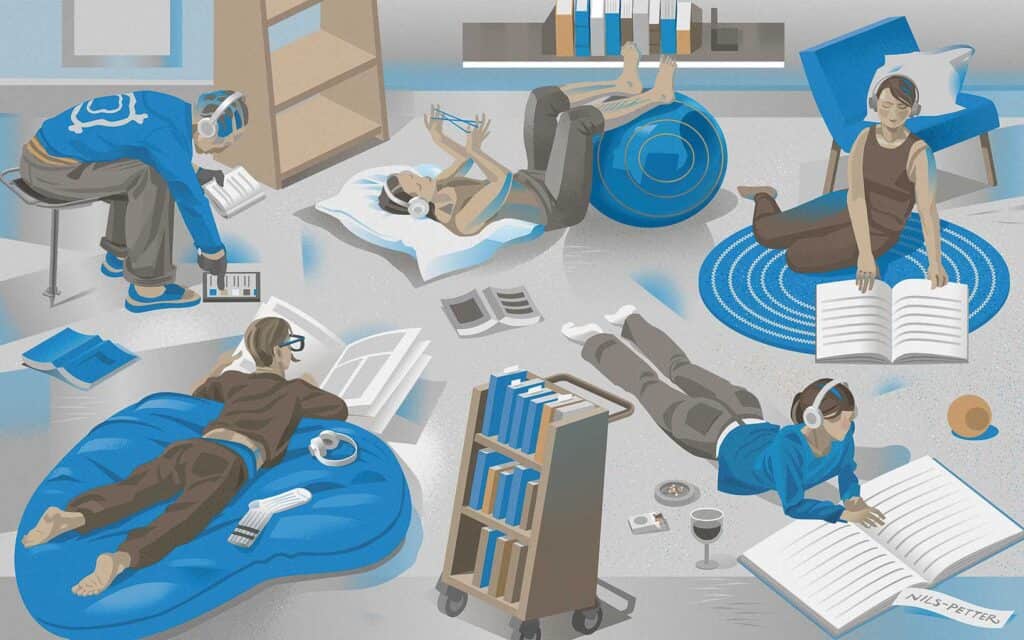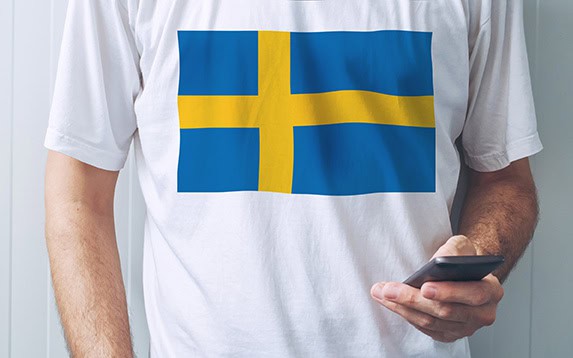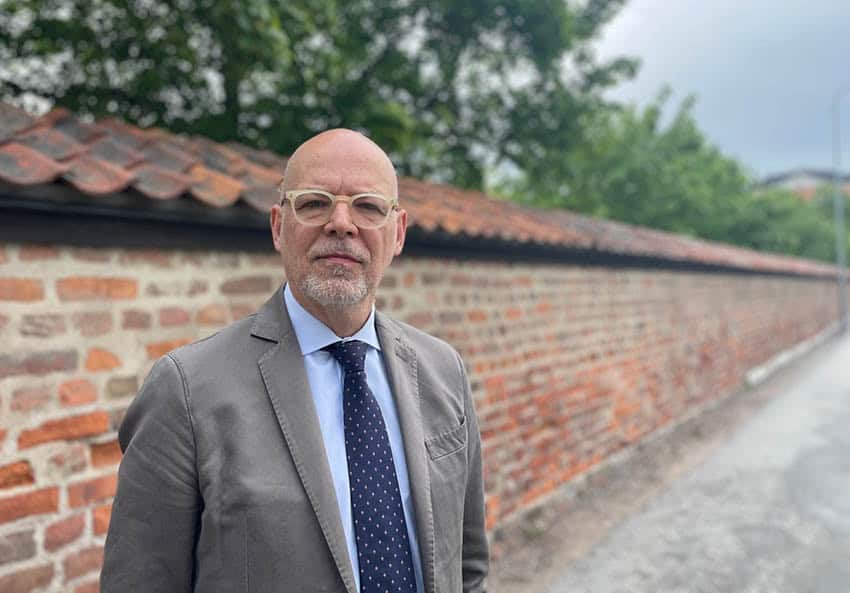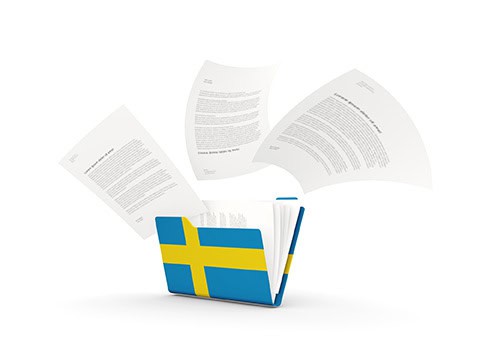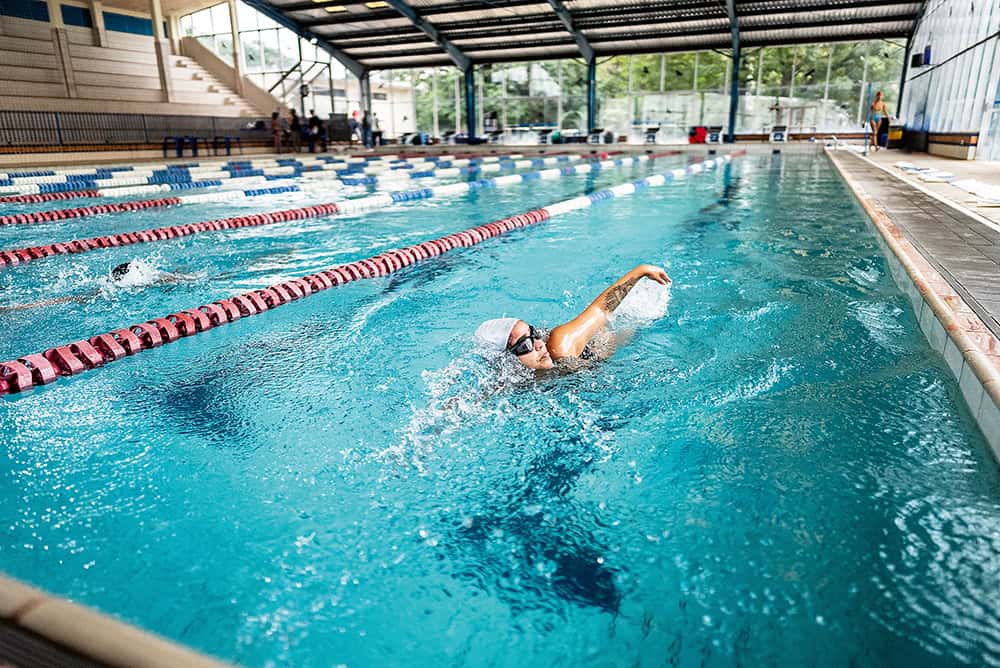Sweden was an early adopter of advanced nuclear power research. The country’s first reactor was the R1 research reactor, which was opened in July 1954.
“In those days, there were no such research reactors in other countries apart from the major powers,” says Per Högselius, a professor of history of technology at the Royal Institute of Technology (KTH), who leads the research project The Rise and Fall of Nuclear Energy in Sweden.”
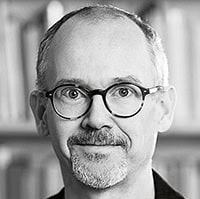
Per Högselius
Professor of history of technology at the Royal Institute of Technology (KTH)
He explains that in the decades after the Second World War, large research grants came directly from the government to the semi-state-owned enterprise AB Atomenergi, which built the R1 reactor. Today, people might be surprised to learn that the reactor was in the cellars under KTH.
“Yes, it is two kilometres from Stureplan. That says something about the optimism at the time that you could deal with all kinds of risk.”
In parallel, the research also aimed to develop Swedish nuclear weapons. But that idea essentially ended in the mid-1950s.
Soon, much of the nuclear research moved out of KTH to Studsvik on the Baltic coast near Nyköping, where a first reactor was completed in 1959.
“There have been four research reactors at Studsvik altogether. None remain today, but there is an idea that something could be built there again.”
The perspective at the time was that nuclear technology would become a universal technology that would permeate the whole of society.
“The Ågesta nuclear power plant was built close to Farsta in southern Stockholm to supply district heating to the suburb. It was completed in 1964. Ågesta was a pilot project that would show that nuclear power works. But it was hugely expensive. The budget was five times higher than had been envisaged.”
There were also major setbacks. A reactor built at Marviken on the Vikbolandet peninsular on the Baltic coast was never brought into operation, even though it was completed in 1968.
“I consider that to be one of the absolute worst failures in Swedish industrial history,” says Högselius.
Perhaps the Swedish engineers were too ambitious in their desire to develop a highly advanced reactor.
“And with the numerical calculation methods of the time, the risk of an uncontrolled nuclear reaction could not be completely ruled out.”
After that, the initiative in the field of nuclear energy moved to Asea Atom, which took over much of the work of AB Atomenergi. And then Sweden started building large commercial reactors. The first came into operation in Oskarshamn in 1972.
“It is remarkable that Sweden developed its own reactors,” says Högselius. “No other small countries did. It was because we had built up a level of experience through the state-funded research that began with the KTH reactor.”
Mats Leijon, a professor of electricity at Uppsala University, tells us about the expertise of the time:
“In those days, Sweden really invested, and it was the very best scientists in Sweden who were working on nuclear power. That was why both engineers and physicists did a great job in building up the entire Swedish nuclear energy programme. I can say with a clear conscience that they built the most well thought-through and safest nuclear power in the world.”
But in 1974-75, there was a major shift in public opinion, primarily with concerns about the safety of nuclear power plants.
“The Social Democratic government under Prime Minister Olof Palme then decided to slow down nuclear power construction in Sweden. We were going to have 24 reactors, but the government decided to reduce this to twelve. However, nuclear power was a very controversial issue, and in the 1976 general election, Thorbjörn Fälldin of the Centre Party, an opponent of nuclear power, became prime minister,” says Per Högselius.
The Harrisburg accident in 1979 reinforced people’s concerns about the safety of nuclear power. In 1980, Sweden held a referendum on nuclear power. It may seem odd today that the referendum included three different options for closure but none for continued operation.
“It says something about the spirit of the times, quite simply,” says Högselius.
After the Chernobyl accident in 1986, the Swedish parliament passed a law banning research aimed at building new reactors in Sweden, known as the ’thought prohibition clause’.
“This ban on the whole idea of nuclear power was widely criticised. Many people were concerned that if research into nuclear power was not encouraged, it could have a negative impact on safety. Even today, there is criticism of the ban for dismantling a lot of Sweden’s expertise in nuclear power.”
Nuclear research did not stop altogether, but it was only when the ban on research aimed at building new reactors in Sweden was lifted after 20 years that research slowly began to pick up.
“I came into the industry in 2009. That year, for the first time in 30 years, the Swedish Research Council awarded grants for research in the field of nuclear technology. That was when things started to turn around a bit. But things have been pretty slow off and on since then,” says Sophie Grape, a senior lecturer in physics at Uppsala University.
And then the Fukushima accident in 2011 led to a drastic drop in the number of students applying for nuclear energy programmes. But since then, both research funding and student enrolment have increased.
“Students are now becoming more interested in nuclear energy, and this is closely linked to the important discourse on nuclear power as a saviour when it comes to the climate crisis,” says Per Högselius.
